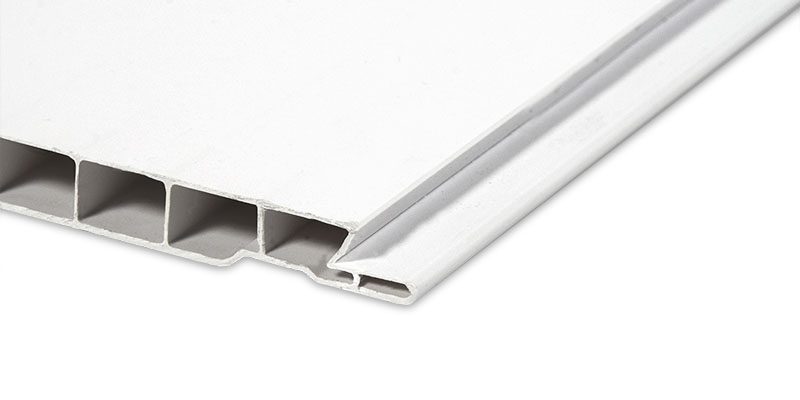
PVC cladding, also known as polyvinyl chloride cladding, is a versatile building material that finds extensive use in various industries. Its unique properties and wide range of applications make it a popular choice for both residential and commercial projects. In this article, we will delve into the world of PVC cladding, exploring its uses, benefits, and the reasons behind its widespread adoption.
- Introduction to PVC Cladding
PVC cladding is a type of plastic cladding that is made from polyvinyl chloride, a synthetic polymer. It is known for its durability, weather resistance, and low maintenance requirements. PVC cladding is available in various forms, including sheets, panels, and boards, making it suitable for different applications. - Exterior Applications
One of the primary uses of PVC cladding is in exterior applications. Its weather-resistant properties make it an ideal choice for protecting buildings from the elements. PVC cladding can be used to cover the exterior walls, providing insulation, enhancing aesthetics, and improving the overall durability of the structure. It is commonly used in residential buildings, commercial complexes, and industrial facilities. - Interior Applications
PVC cladding is not limited to exterior use; it also finds numerous applications in interior design. Its versatility allows it to be used in areas such as bathrooms, kitchens, and wet rooms, where moisture resistance is crucial. PVC cladding can be installed on walls and ceilings, providing a hygienic and easy-to-clean surface. It is often used in hospitals, restaurants, and other environments that require high levels of cleanliness. - Benefits of PVC Cladding
PVC cladding offers several advantages over traditional building materials. Firstly, it is highly durable and resistant to rot, corrosion, and fading, ensuring a long lifespan. Secondly, it requires minimal maintenance, saving both time and money. Additionally, PVC cladding is lightweight and easy to install, reducing construction time and costs. It is also available in a wide range of colors, textures, and finishes, allowing for creative design possibilities. - Environmental Considerations
While PVC cladding has numerous benefits, it is essential to consider its environmental impact. PVC is a synthetic material derived from fossil fuels, and its production process consumes energy and resources. However, advancements in technology have led to the development of eco-friendly PVC cladding options, such as those made from recycled materials or with reduced carbon footprints. When choosing PVC cladding, it is advisable to opt for sustainable and environmentally responsible products.
In conclusion, PVC cladding is a versatile building material with a wide range of applications. Its durability, weather resistance, and low maintenance requirements make it a popular choice for both exterior and interior use. By understanding the benefits and considering the environmental impact, one can make informed decisions when incorporating PVC cladding into construction projects.

